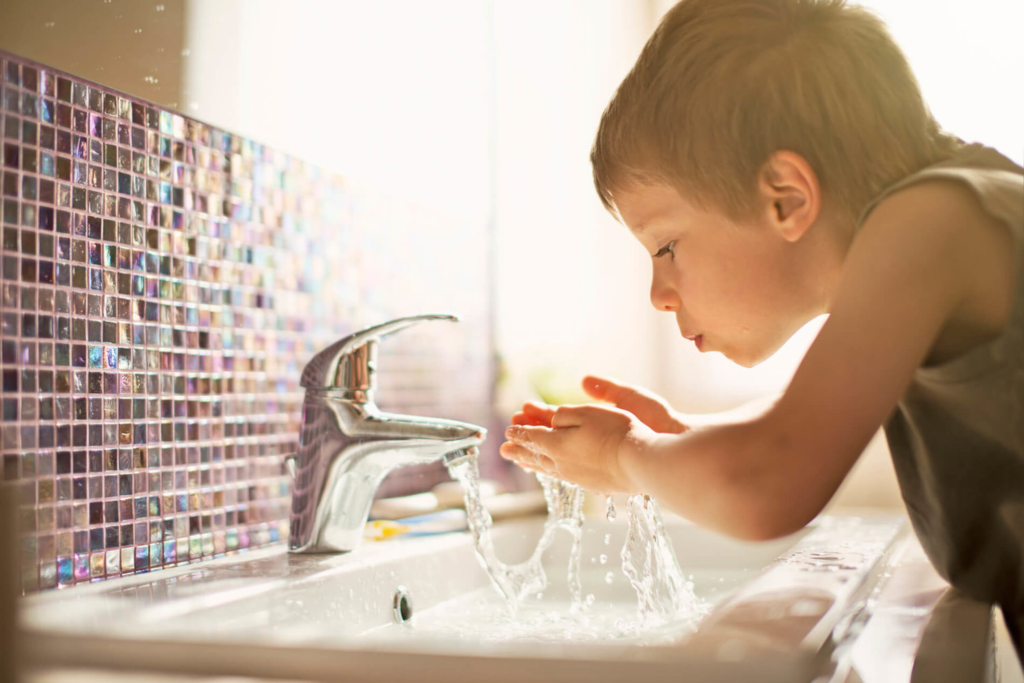In California, maintaining safe, clean water lines isn’t just a matter of good plumbing, it’s a public health necessity. With strict state regulations and high standards for water quality, effective water line disinfection is crucial in residential, commercial, and municipal settings. Whether you’re involved in new construction, system repairs, or preventative maintenance, understanding the most reliable disinfection methods is essential.
1. Chlorination: The Gold Standard
Chlorination remains the most widely used and approved method for water line disinfection in California. This process involves introducing a chlorine solution into the water lines, allowing it to sit for a specified contact time, and then flushing the system with potable water. The residual chlorine levels are tested to ensure they meet regulatory requirements before the system is returned to service.
California’s Department of Health enforces clear guidelines for chlorination, especially under Title 22 for public water systems. It’s vital to partner with professionals who understand the nuances of these regulations to avoid fines or system shutdowns.
2. Superchlorination for Heavily Contaminated Systems
When standard chlorination isn’t enough, particularly in systems with known contamination or after major repairs, superchlorination is recommended. This method uses higher concentrations of chlorine, followed by thorough flushing and residual testing. While more aggressive, it’s highly effective in eliminating harmful pathogens, including E. coli and coliform bacteria.
3. Dechlorination and Environmental Compliance
After disinfection, it’s important to dechlorinate before discharging water into storm drains or natural bodies of water. This step ensures compliance with California’s environmental regulations. Using neutralizing agents like sodium thiosulfate safely removes chlorine, protecting ecosystems and avoiding legal penalties.
4. UV Disinfection for Sensitive Applications
In situations where chemical disinfectants are not preferred, such as in certain industrial processes or food-grade water systems, ultraviolet (UV) light disinfection can be an alternative. UV systems neutralize pathogens without leaving chemical residues, though they may not be suitable for all line types or materials.
5. Continuous Monitoring and Testing
Regardless of the disinfection method, continuous monitoring ensures that water lines remain safe post-treatment. Testing for chlorine residuals, bacterial presence, and other contaminants helps verify that the system is compliant and functioning optimally.
Partnering with Experts for Guaranteed Results
Disinfecting a water line isn’t a DIY task, it requires knowledge of state regulations, the right equipment, and precision. That’s where Matt Chlor comes in. With decades of expertise in water line disinfection services throughout California, Matt Chlor offers end-to-end solutions, from initial assessments to certified disinfection and post-treatment testing.
Whether you’re a developer, utility provider, or facility manager, Matt Chlor ensures your systems are cleaned, compliant, and safe for use. Our team uses only state-approved practices and eco-conscious techniques, giving you peace of mind every step of the way.
Conclusion
Safe water line disinfection in California requires more than just good intentions—it requires proven methods, regulatory understanding, and experienced professionals. Trust Matt Chlor to deliver industry-leading disinfection services that keep your water systems clean and California-compliant.




